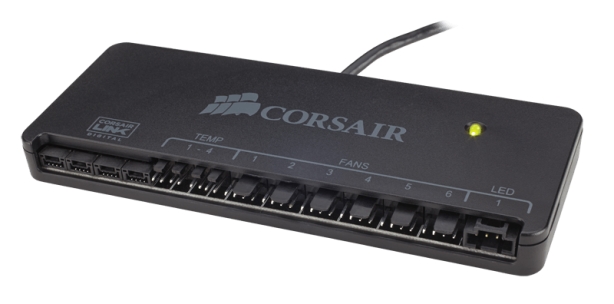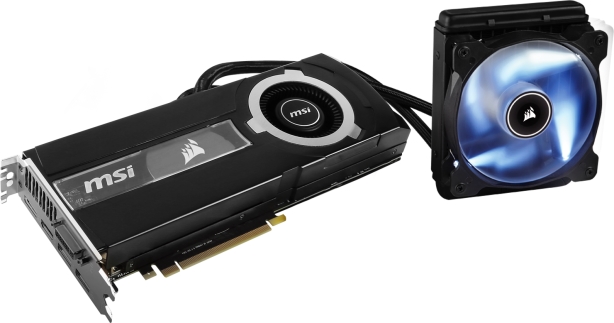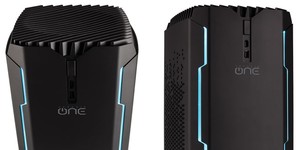Corsair Interview – Michael Hooper (PM for Cases, Cooling and Fans)
March 8, 2016 | 12:53
Companies: #corsair

 bit-tech: What are your most popular cases are in each major region?
bit-tech: What are your most popular cases are in each major region?Michael: Our best cases for US are the C70, the Air 540 and the 750D. For EU, I would say the 760T, 750D again and probably the 330R but that'll be replaced by the 400Q shortly. In terms of user feedback we've gotten the 400Q and the 600Q will replace the 550D and the 330R in short order. In Asia, Spec Alpha is extremely popular, even though it hasn't been around a whole lot lately and then 760 and 780T. Big flashy cases with lights, those are very popular in Asia.
bit-tech: Similarly, what about your chassis market share?
Michael: I want to say that we're about 20 percent worldwide. It really depends on the region too, but I don't have a regional breakdown.
bit-tech: Do you guys have an interest in using more premium materials like tempered glass, aluminium, etc.?
Michael: Yeah, we do. It goes back to user experience. We can put lipstick on a pig all day long but we honestly should make the pig look better in general. We sort of have that with our Obsidian Series – steel and aluminium, high material cost, very clean looks, but yeah we are looking to use more premium materials going forward. Our most successful cases from a business standpoint are our most expensive cases like the 750D, 780T, 900D, Air 540. So we're going to focus more on better looking cases, higher end materials. We have cases on the low end so we can compete with Cooler Master, NZXT, Zalman etc.
bit-tech: Are there plans to offer any HUE-like case lighting in the future?
Michael: Have a look in the second half of this year for something like that. We have Commander Mini right now which has lighting elements and PWM control then we have Lighting Node, which you can plug RGB lights into and control but they're not quite as clean and easy to use, so we're looking to improve both so that Corsair is basically a one stop for everything. The only thing we probably won't do is start making processors and motherboards.

bit-tech: Corsair graphics cards coming soon?
Michael: Well we already have the Hydro GFX graphics card. That was our first attempt but it was done after the fact. We're going to put more thought in it with future generations so we provide the right solution in a timely fashion as opposed to 9-10 months after launch.
bit-tech: Will we get custom, smaller versions designed from the outset to be water-cooled?
Michael: There's a lot of potential with moving to HBM because it makes the physical board smaller and that makes it even more appealing to do liquid-cooling cause you can cool the VRAM in addition to the GPU die at the same time with the same cooler. So yeah, I would look to see more integrated solutions out of the gate, not just from us but from everybody.

bit-tech: Is Corsair interested in any niche case designs: fan-less, NAS, HTPC, 5x5, NUC?
Michael: No, it all comes down to the ecosystem. If we eliminate too much compatibility with our ecosystem the investment in it stops being worth it. If it can't fit a power supply in it that we already make, we're probably not going to do it. That's not to say that we wouldn't design one of those, but we'd have to create our own power supply and cooler first for that form factor.
bit-tech: On larger cases, have you considered adding wheels, or the option for them?
Michael: It's definitely a possibility and it's not like we haven't thought about it but we haven't thought about it in the depth where it's made a change to the chassis during the development stage.
bit-tech: When are we going to start seeing USB 3.1 front panels, especially with the Type-C connector?
Michael: The biggest problem with USB 3.1 is that there's no good internal motherboard header. Until there's a really good internal motherboard header solution, you probably won't see it.

MSI MPG Velox 100R Chassis Review
October 14 2021 | 15:04








Want to comment? Please log in.